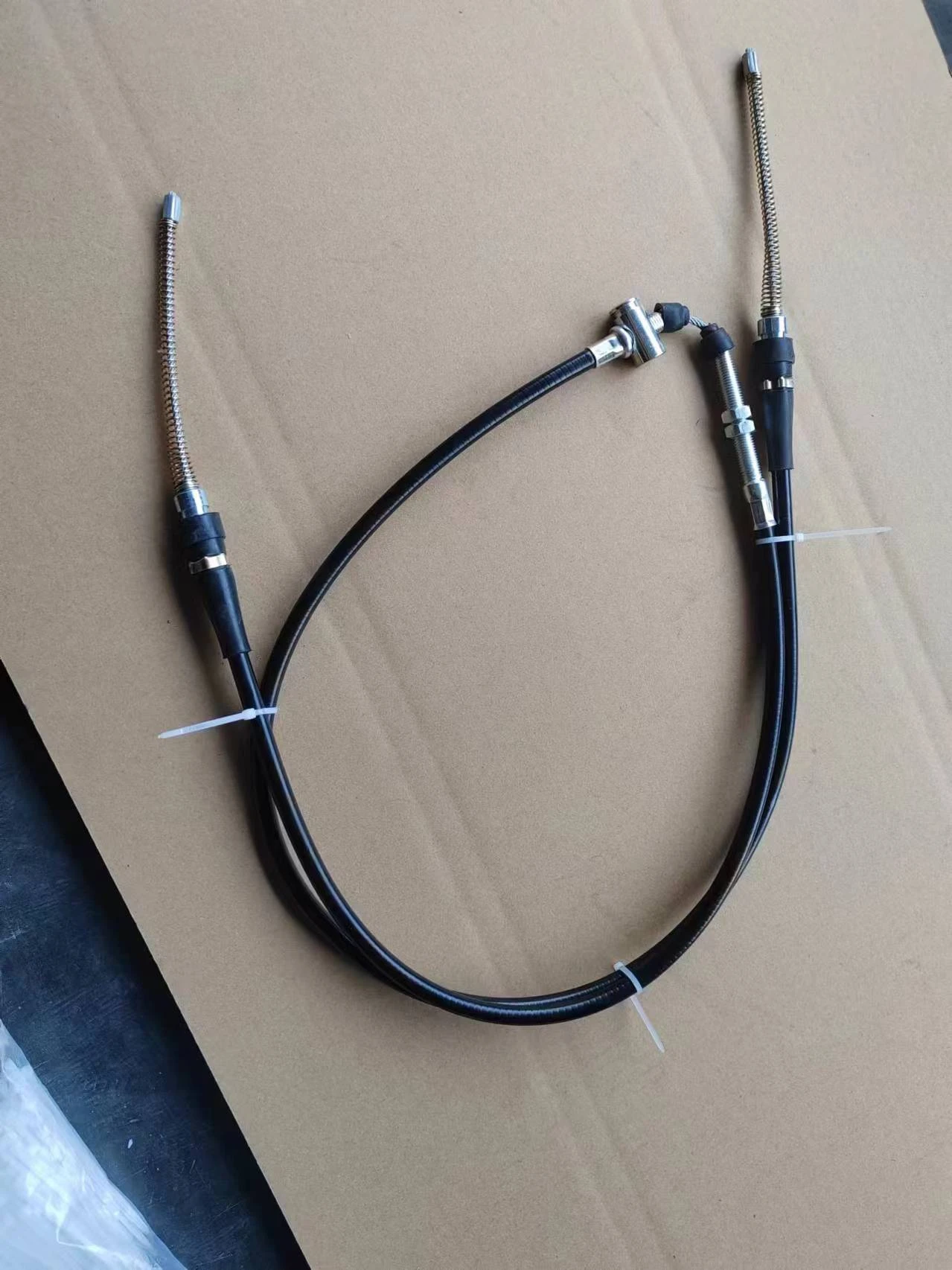Understanding Wire Throttle Cables and Their Importance in Engine Performance
Understanding Wire Throttle Cables A Comprehensive Guide
In the realm of automotive technology and mechanical engineering, a variety of components work together to ensure a vehicle operates smoothly and efficiently. Among these components, the wire throttle cable plays a critical role in controlling engine power. This article explores the function, importance, and maintenance of wire throttle cables, providing valuable insights for automotive enthusiasts and professionals alike.
What is a Wire Throttle Cable?
At its core, a wire throttle cable is a mechanical linkage that connects the accelerator pedal in a vehicle to the throttle body of the engine. When the driver presses the accelerator pedal, this action pulls the wire cable, which in turn opens the throttle body to allow more air (and fuel) into the engine. This increases engine power and speed. Traditionally, throttle cables were used in older vehicles, while newer models have largely transitioned to electronic throttle control systems. However, understanding the workings of wire throttle cables remains essential for anyone involved in automotive repair and maintenance.
The Importance of Wire Throttle Cables
The wire throttle cable is vital for operational efficiency in vehicles with internal combustion engines. Here are a few reasons why it is important
1. Responsive Control A well-functioning throttle cable allows for precise control of the engine's power output. This responsiveness is crucial for safe driving, particularly in dynamic situations such as merging onto highways or navigating steep inclines.
2. Direct Engagement Unlike electronic systems which rely on sensors and signals, wire throttle cables provide a direct mechanical connection. This can offer a more immediate and tactile feedback to the driver, enhancing the driving experience.
3. Simplicity and Reliability The simplicity of a wire throttle cable system can be advantageous. With fewer components than electronic systems, there are potentially fewer points of failure, which can translate to higher reliability in some cases.
How Wire Throttle Cables Work
When the driver accelerates, the pedal operates a series of levers and pivots that pull the wire cable. The cable runs through a sheath and connects to the throttle body. This connection is often regulated by springs that help return the throttle to its resting position when the pedal is released.
The cable must be adjusted properly to ensure the throttle opens and closes smoothly. Tightening or loosening the cable can impact the vehicle's responsiveness; this is particularly important in performance vehicles where precision is key.
Common Issues with Wire Throttle Cables
wire throttle cable

Like any mechanical component, wire throttle cables can encounter problems over time. Some common issues include
1. Cable Wear and Tear Over time, the cable can fray or break, leading to a loss of throttle control. Signs of wear can include sticking, sluggish response, or a complete failure to accelerate.
2. Misalignment If the cable is not aligned properly, it can lead to excessive friction or binding. This can prevent the throttle from fully opening or closing, resulting in poor vehicle performance.
3. Corrosion and Rust Exposure to elements can lead to rust or corrosion on the cable or connectors, which can hinder its performance. Regular inspection can help catch these issues early.
Maintenance and Replacement
Routine maintenance of the wire throttle cable is essential for optimal performance. Here are some tips to keep it in good condition
- Inspect Regularly Check the cable for signs of wear, fraying, and corrosion. Regular inspections can help catch problems before they lead to more significant issues.
- Lubrication Keeping the cable adequately lubricated can help reduce friction and prevent wear. Use a suitable lubricant specifically designed for automotive applications.
- Adjustment Ensuring the cable is properly adjusted can significantly impact the vehicle's performance. If unsure about how to adjust it, refer to the vehicle’s service manual.
When replacement is necessary, it’s essential to source a quality throttle cable that matches the vehicle’s specifications. Each model may have unique requirements, and using an incompatible cable can lead to further issues down the line.
Conclusion
Wire throttle cables may be less prevalent in modern vehicles, but they remain an important component in many models and classic cars. Understanding their function, common issues, and maintenance can empower drivers and mechanics to ensure optimal performance. Whether you're a seasoned automotive professional or a casual enthusiast, knowledge of wire throttle cables is a vital part of maintaining the health and efficiency of your vehicle.
-
Upgrade Your Control with Premium Throttle CablesNewsAug.08,2025
-
Stay in Control with Premium Hand Brake CablesNewsAug.08,2025
-
Experience Unmatched Performance with Our Clutch HosesNewsAug.08,2025
-
Ensure Safety and Reliability with Premium Handbrake CablesNewsAug.08,2025
-
Enhance Your Vehicle with High-Performance Clutch LinesNewsAug.08,2025
-
Elevate Your Ride with Premium Gear CablesNewsAug.08,2025
